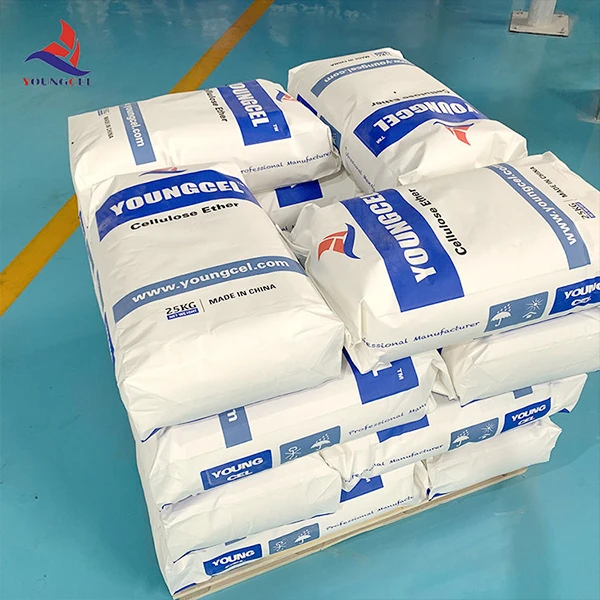Understanding HPMC for Tile Enhancing Adhesion and Performance
Hydroxypropyl Methylcellulose (HPMC) is a cellulose-based compound that plays a crucial role in the ceramic tile industry. Recognized for its versatile properties, HPMC is primarily used as a thickening agent, binder, and film-forming polymer in tile adhesive formulations. Its unique characteristics contribute significantly to improving the workability, adhesion, and overall performance of tile installations.
Properties of HPMC
One of the key properties of HPMC is its ability to retain water, which is essential in tile adhesives. This water retention ensures that the adhesive remains workable for a longer period, providing enough time to adjust tiles during installation. Moreover, HPMC’s water-holding capacity helps prevent the adhesive from drying too quickly, which can lead to poor bond strength between the tile and the substrate. With the addition of HPMC, tile adhesives can achieve optimal viscosity, allowing for easy application and ensuring even coverage across different surfaces.
Another notable characteristic of HPMC is its excellent adhesion properties. It enhances the bond strength not only to ceramic tiles but also to a variety of substrates including concrete, cement board, and drywall. This versatility makes HPMC an indispensable component in tile adhesives designed for both residential and commercial applications. The improved adhesion translates into long-lasting tile installations that can withstand the rigors of everyday use.
Benefits of Using HPMC in Tile Adhesives
The incorporation of HPMC into tile adhesive formulations offers numerous benefits. First and foremost, it significantly enhances the workability of the adhesive. Installers appreciate the ease with which they can spread and manipulate the adhesive, allowing for precise tile placement. The extended open time provided by HPMC also reduces the likelihood of errors during installation, making it especially valuable in large projects where alignment is critical.
hpmc for tile

In addition to workability, HPMC contributes to the overall durability of the tile installation. The improved flexibility of the cured adhesive, thanks to HPMC, helps accommodate slight movements in the substrate without compromising the bond. This flexibility is particularly important in areas prone to thermal expansion or vibration, ensuring that the tile remains securely in place over time.
Furthermore, HPMC-based tile adhesives exhibit excellent resistance to water and moisture. This quality is vital for applications in wet areas, such as bathrooms and kitchens, where water penetration can lead to mold growth and adhesive failure. By incorporating HPMC, manufacturers can produce adhesives that not only resist moisture but also prevent the growth of mold and mildew, promoting healthier indoor environments.
Environmental Considerations
In recent years, there has been a growing emphasis on sustainable building materials, and HPMC aligns with this trend. Derived from natural cellulose, HPMC is a non-toxic and biodegradable compound, making it a safer choice for both installers and end-users. Its use can help the ceramics industry move towards more sustainable practices by reducing reliance on synthetic polymers that may pose environmental risks.
Conclusion
HPMC is an essential ingredient in tile adhesives that elevates their performance, workability, and durability. By providing enhanced adhesion, extended open time, and moisture resistance, HPMC ensures that tile installations maintain their aesthetic appeal and structural integrity for years to come. As the demand for high-quality tiling solutions continues to rise, the role of HPMC in tile adhesives will undoubtedly grow, paving the way for more reliable and sustainable construction practices in the ceramic tile industry.
-
The Application and Significance of Construction RdpNewsMay.19,2025
-
Industrial Grade HpmcNewsMay.19,2025
-
Building Coating Adhesive Building Coating Adhesive HpmcNewsMay.19,2025
-
Application Of Hpmc For Detergent For Detergent In DetergentsNewsMay.19,2025
-
Application Of Hpmc Cellulose In Cement-Based MaterialsNewsMay.19,2025
-
Application Of High Quality Hpmc For Construction In The Field Of ConstructionNewsMay.19,2025




